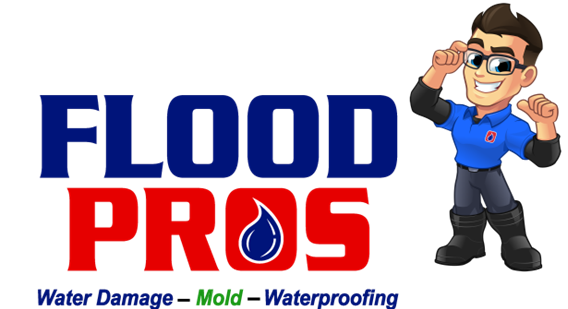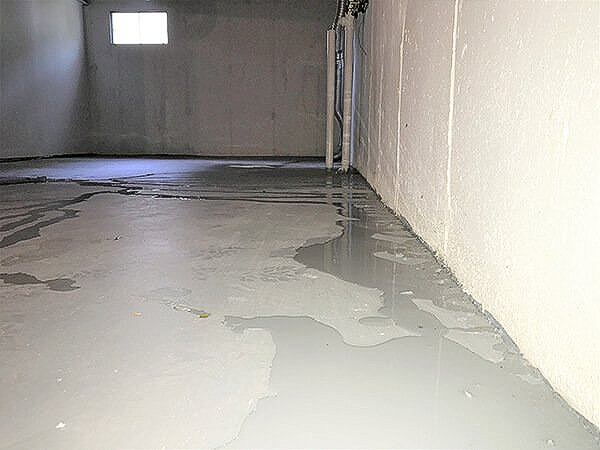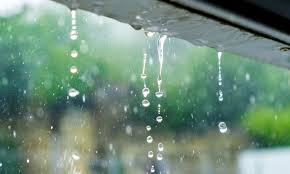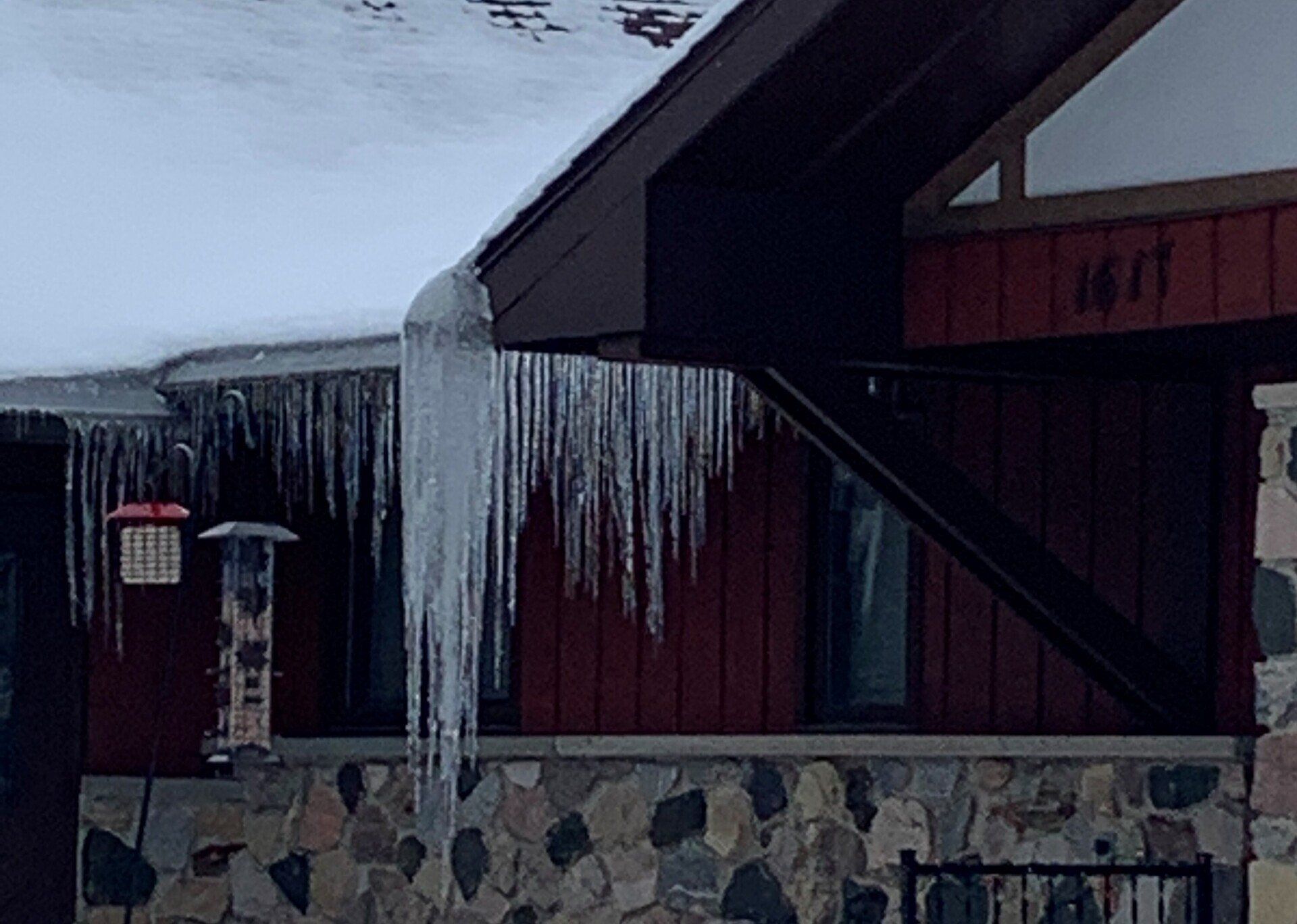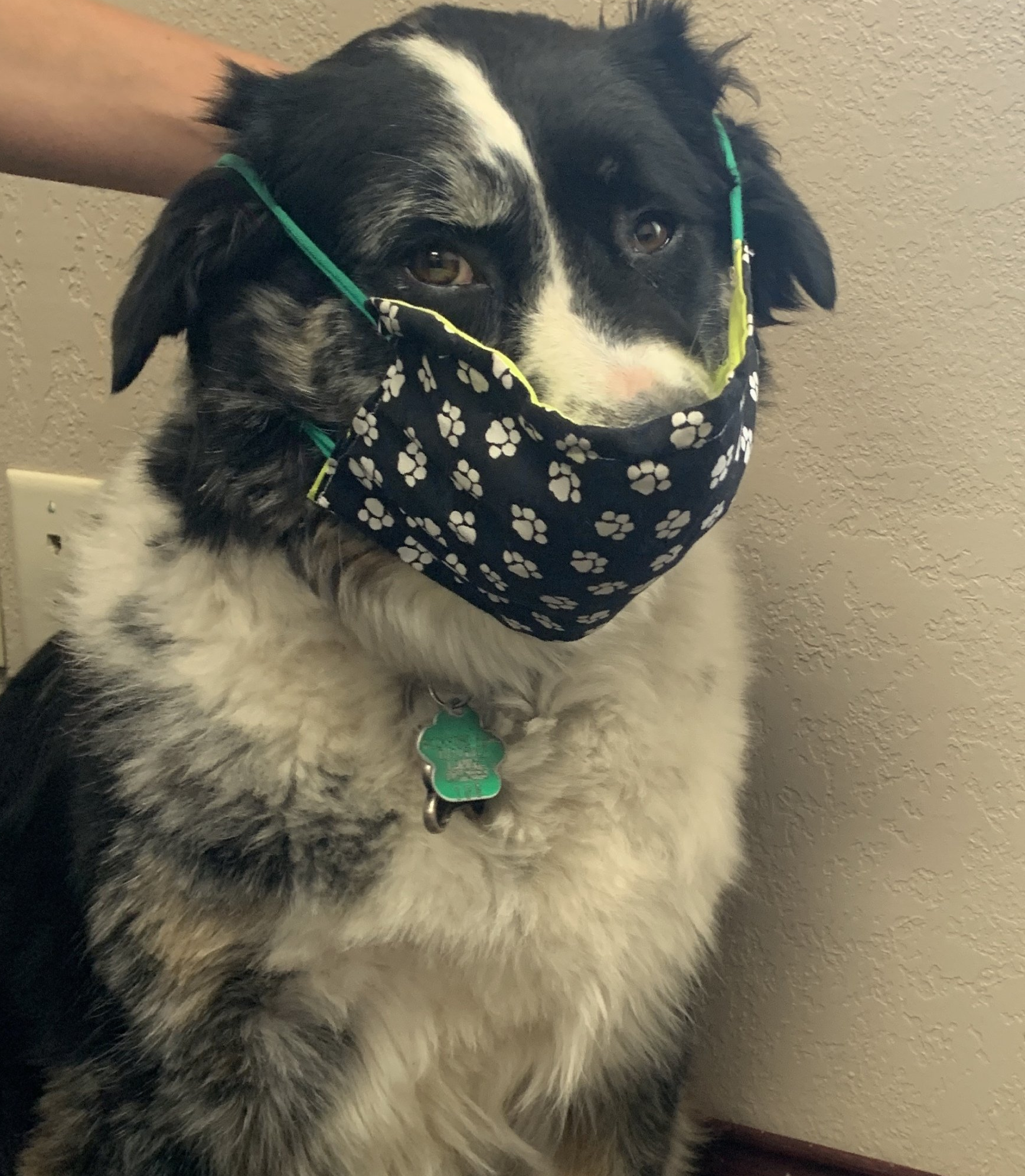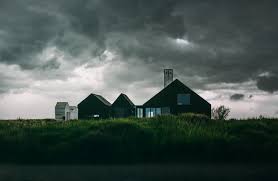Protect One of the Biggest Investments of your life, your HOME this winter season. Take a few moments to read these tips, it could save you thousands!!
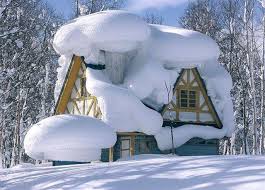
Written by Rebecca Edwards | Updated January 28, 2020
Ref By: https://www.safewise.com/blog/safety-guide-winter/
Tips To Keep Your Home Safe this Holiday Season!
1. Winterize Your Pipes: Use foam, heating cables, or pipe sleeves to ensure pipes stay warm enough, and seal any cracks in your home’s exterior. During the winter, outside water can freeze and burst exterior pipes. Take precautions to prevent frozen pipes by disconnecting all garden hoses and draining any water left in outdoor spigots. If you have an automatic sprinkler system, drain it as well. If temperatures will drop below freezing overnight, leave exterior faucets trickling to avoid the pressure buildup that causes burst pipes. You can also avoid frozen and burst pipes inside your house by insulating your home and pipes.
2. Inspect Your Roof:
Before the first snowfall, check your roof for damaged, loose, or missing shingles that may leak when snow melts or during severe storms. Make sure seals around chimneys and vent stacks are intact as well. If they aren’t, you can make repairs yourself or hire a handyman. Regularly clear your roof of snow this season. And remove all leaves, pine needles, and other roof debris as these can hold moisture and rot during winter weather if left unattended. As the temperatures drop this season, it’s also smart to double-check your homeowners insurance coverage regarding roof repair, water damage, and other risks associated with bad weather.
3. Prepare for Power Outages:
Heavy snow and ice can take down power lines and leave you in the cold and dark. To prepare for power outages, invest in a two-way radio for news concerning the power outage—look for one that uses solar power, batteries, or a hand crank. A hand-crank or solar-powered cellphone charger can keep you in touch with family, friends, and neighbors until the storm passes. You’ll also want to invest in a generator, alongside flashlights, lanterns, and extra batteries. In addition to these gadgets, keep warm clothing, blankets, non-perishable food, and bottled water in an emergency kit for bad weather emergencies.
4. Prevent Icicles and Dams:
Icicles look enchanting, but they present risk of injury and ice dams—which damage the outside of your home and cause meltwater to get inside. Ice dams occur when there are air leaks in your home or inadequate insulation in your attic. Consider asking a professional to identify and correct these potential problems before it’s too late. Another preventative measure is to opt for roof heating cables. If you already have icicles on your home, there’s no need to be a hero. Hiring a professional to remove them is the safest route. If you do attempt DIY removal, wear a hardhat and safety glasses, and always warn children to avoid icicles.
5. Keep Your Driveways and Walkways Clear: During winter weather conditions, remove snow and ice from sidewalks and driveways. Prepare for snow by stocking up on snow shovels and giving your snow blower or plow a tune-up. After it snows, immediately plow or shovel all trafficked areas. If you go the shoveling route, invest in an ergonomic handle, lift with your legs (not your back), and push snow rather than lift it. Take frequent breaks away from the wind chill to let your body warm up and your muscles relax. Follow up with ice melt or rock salt on steps and walkways to prevent ice buildup. Always wear protective clothing like gloves and hats to prevent frostbite.
6. Fight Germs:
Illnesses thrive in winter months, and being cooped up inside makes everyone more susceptible to viruses and bacteria. Keep your family safe by going on the offense against germs and letting in fresh air whenever possible. Keep your house a little cooler so the environment is less friendly for viruses—drop the thermostat by five degrees and use a humidifier. Make sure everyone in your household, washes their hands frequently with antibacterial soap, and regularly changes their toothbrushes.

